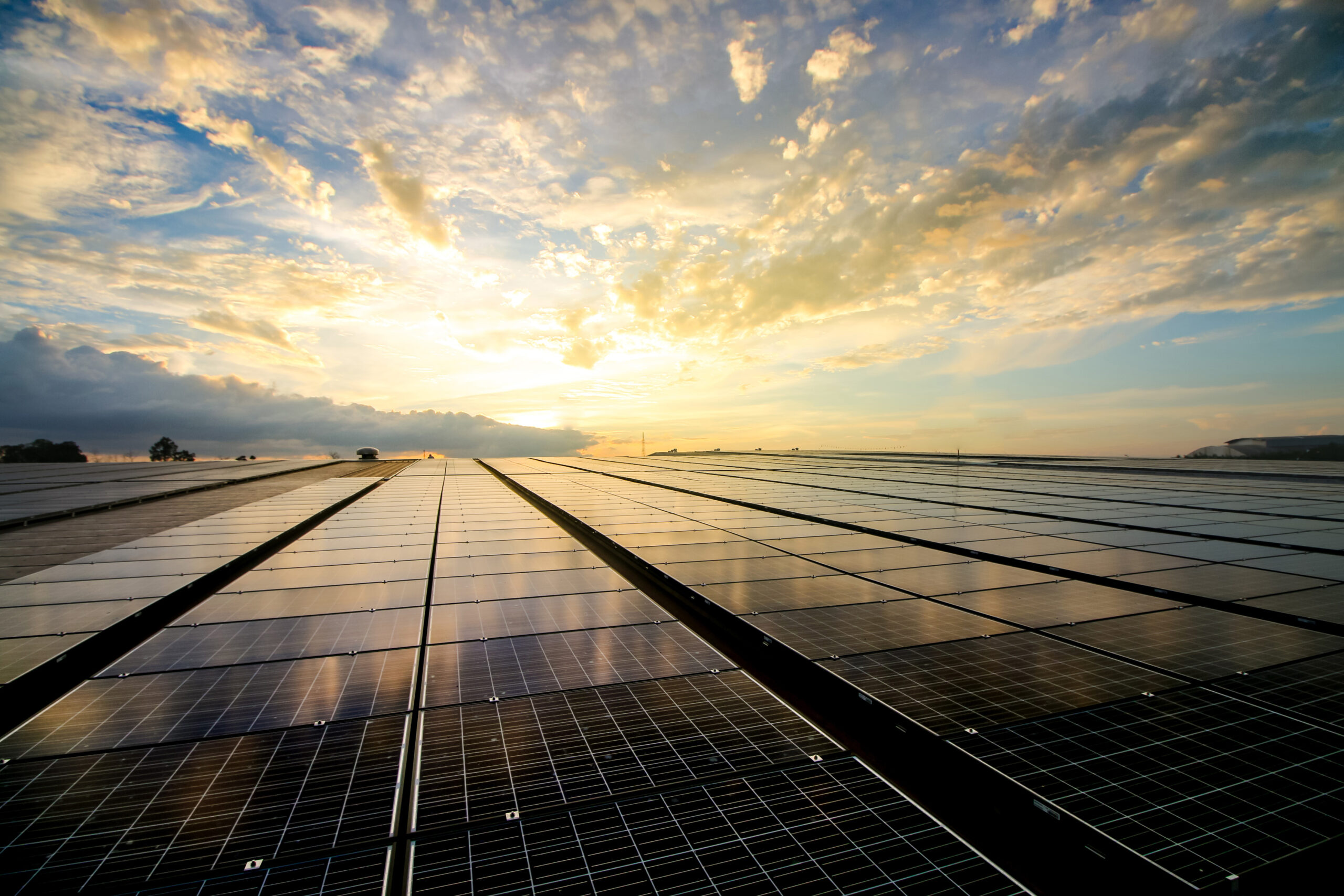Wind, Solar and Siting: A Look at Recent Laws and Legislative Trends in the Midwest
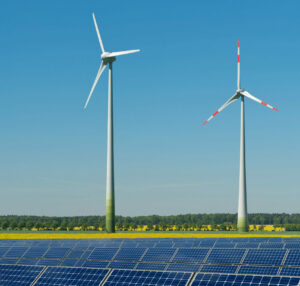
“Wind, Solar and Siting: A Look at Recent Laws and Legislative Trends in the Midwest ” ~ PDF
Introduction: Varying visions on siting authority
Across the Midwest, interest in new solar and wind projects is undoubtedly on the rise as the region and the country shift from fossil fuels to renewables.
Less certain: Who should have the authority to approve or deny proposals to build new wind and solar facilities? State regulators? Local governments? Some combination of the two?
Ultimately, the decision on who gets that authority rests with state legislatures, and an analysis of laws in the 11-state Midwest shows a mix of approaches being used. In states such as Indiana, Iowa and Kansas, the fate of proposed renewable projects rests entirely or mostly with local governments; conversely, state-level regulators in states such as Minnesota, North Dakota, South Dakota and Wisconsin take on much or all of the siting authority over larger projects.
Proposals to shift the balance of power between state and local governments have been introduced in state capitols across the Midwest in recent years. This legislative activity has included the enactment of new laws in states such as Illinois, Indiana, Michigan and Ohio.
Wind and Solar in the Midwest: An Overview
In 2022, the Midwest was home to five of the nation’s top 10 states for wind-energy production: Iowa, Kansas, Illinois, North Dakota and Minnesota. Altogether, the 11-state Midwest generated 52.4 gigawatt hours (GWh) of wind power and accounted for 36 percent of the nation’s installed wind-generated energy capacity, according to the U.S. Department of Energy’s Wind Technology Office.
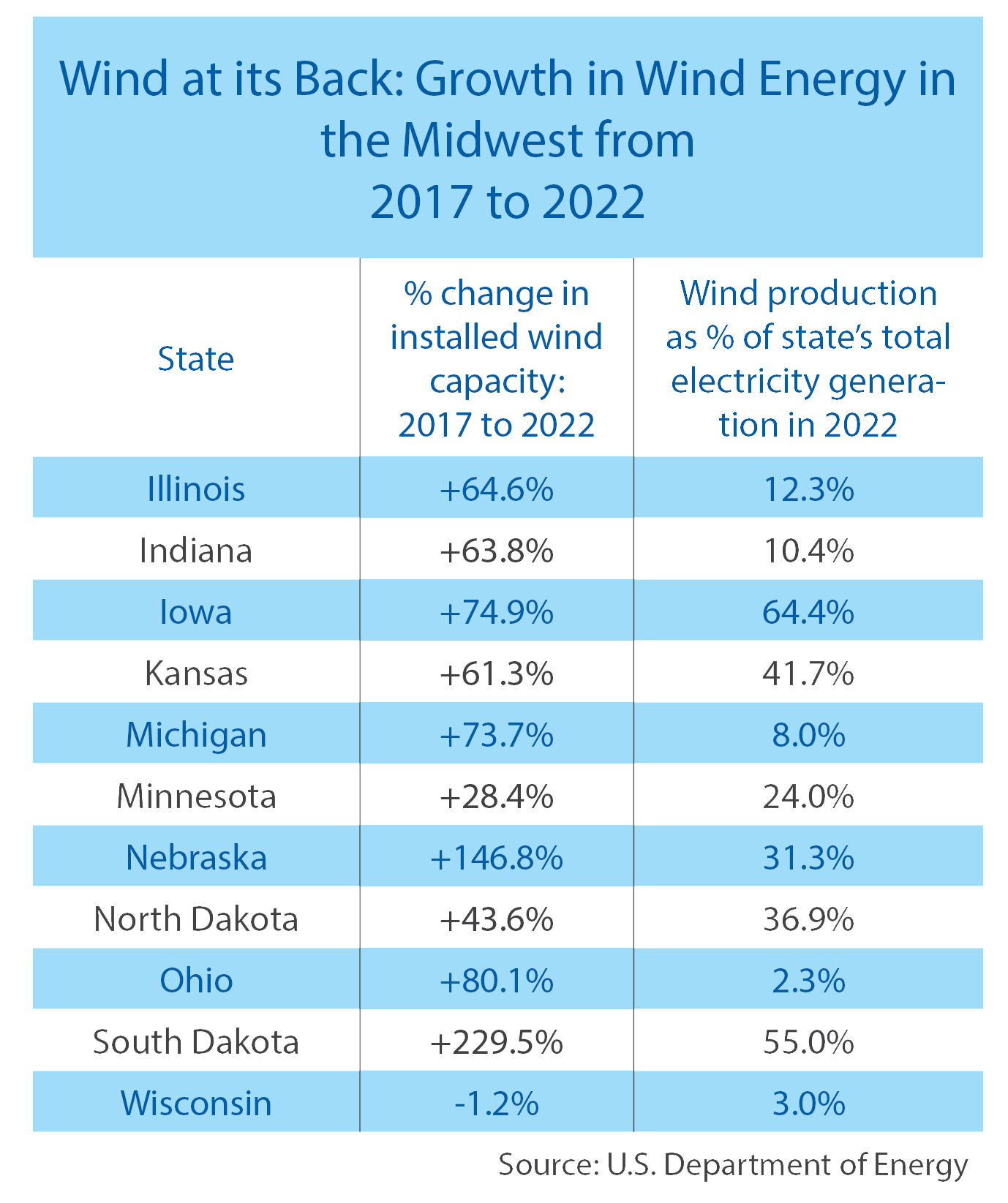 That same federal office also estimates the region’s wind-generating capacity could reach 10.8 million GWh by 2030 and 11.7 million by 2050.
That same federal office also estimates the region’s wind-generating capacity could reach 10.8 million GWh by 2030 and 11.7 million by 2050.
To date, solar has accounted for a small portion of the energy portfolio in most Midwestern states. In 2022, it made up 3.9 percent of total electricity generation in Minnesota and less than 2 percent in each of the region’s 10 other states.
According to the U.S. Department of Energy, Illinois was the region’s top solar power producer in 2022 (and 15th among all states plus the District of Columbia), with 2,823 megawatts (MW) produced.
The Solar Energy Industries Association is projecting increases in solar energy production in every Midwestern state over the next five years, and the group lists Illinois, Indiana and Ohio among the top 10 U.S. states for growth potential.
Adding wind turbines or acres of solar panels can face resistance from the neighbors of these projects, as well as some local elected officials and/or state legislators. Oft-cited concerns include the loss of prime farmland; declines in the value of adjacent property; land remediation once construction or decommissioning is complete; a loss of control over decision-making due to eminent domain authority; and the aesthetics of such projects (for example, the noise created by the turbines).
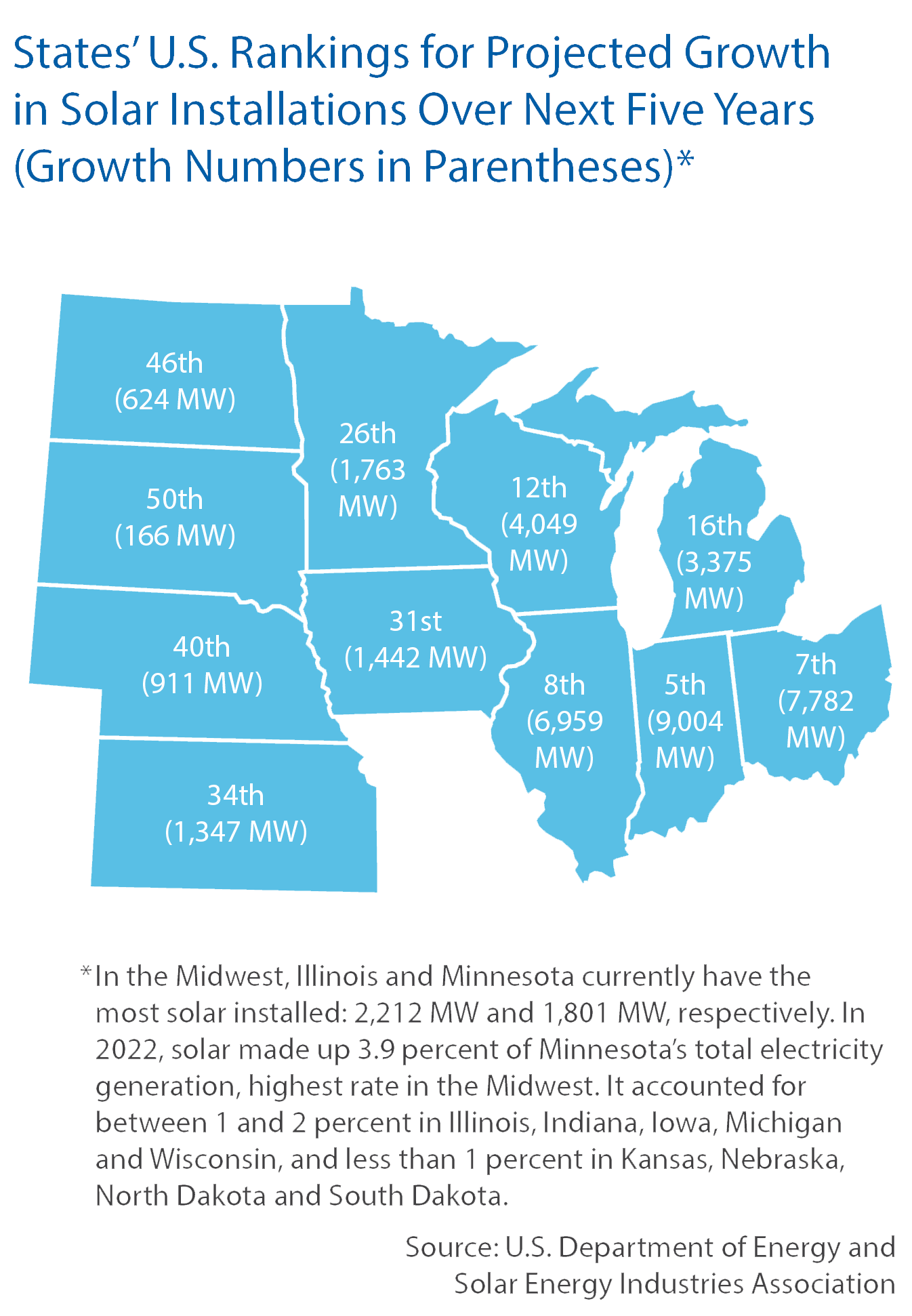 That leads back to the question of siting authority.
That leads back to the question of siting authority.
In some Midwestern legislatures, recent bills have called for a shift from local control over decision-making to the establishment of binding state-level siting and setback standards.
In some states, such as Iowa and Kansas, proponents of these measures have said they are designed in part to protect rural residents from wind or solar projects that they do not want built near their homes. Advocates of a renewable energy build-out objected to these bills, saying they were unworkable due to highly restrictive setback requirements. (The bills did not pass in either Iowa or Kansas.)
In contrast, renewable energy groups backed the recent adoption of statewide standards in Illinois and Michigan; those two states’ laws curb local control to facilitate a wind and solar build-out.
State-level standards, then, can either be used to limit or promote renewable energy projects — depending on the requirements set out in the law.
In this Issue Brief, we examine siting authority and legislative developments in the Midwest. We begin with details on new laws in Illinois, Indiana, Michigan and Ohio. We also highlight some recent legislative proposals in the region, as well as provide an overview of state-level siting authority in the Midwest.
This Issue Brief was developed by CSG Midwest as part of its support of two committees of the Midwestern Legislative Conference: Agriculture & Rural Affairs and Energy & Environment.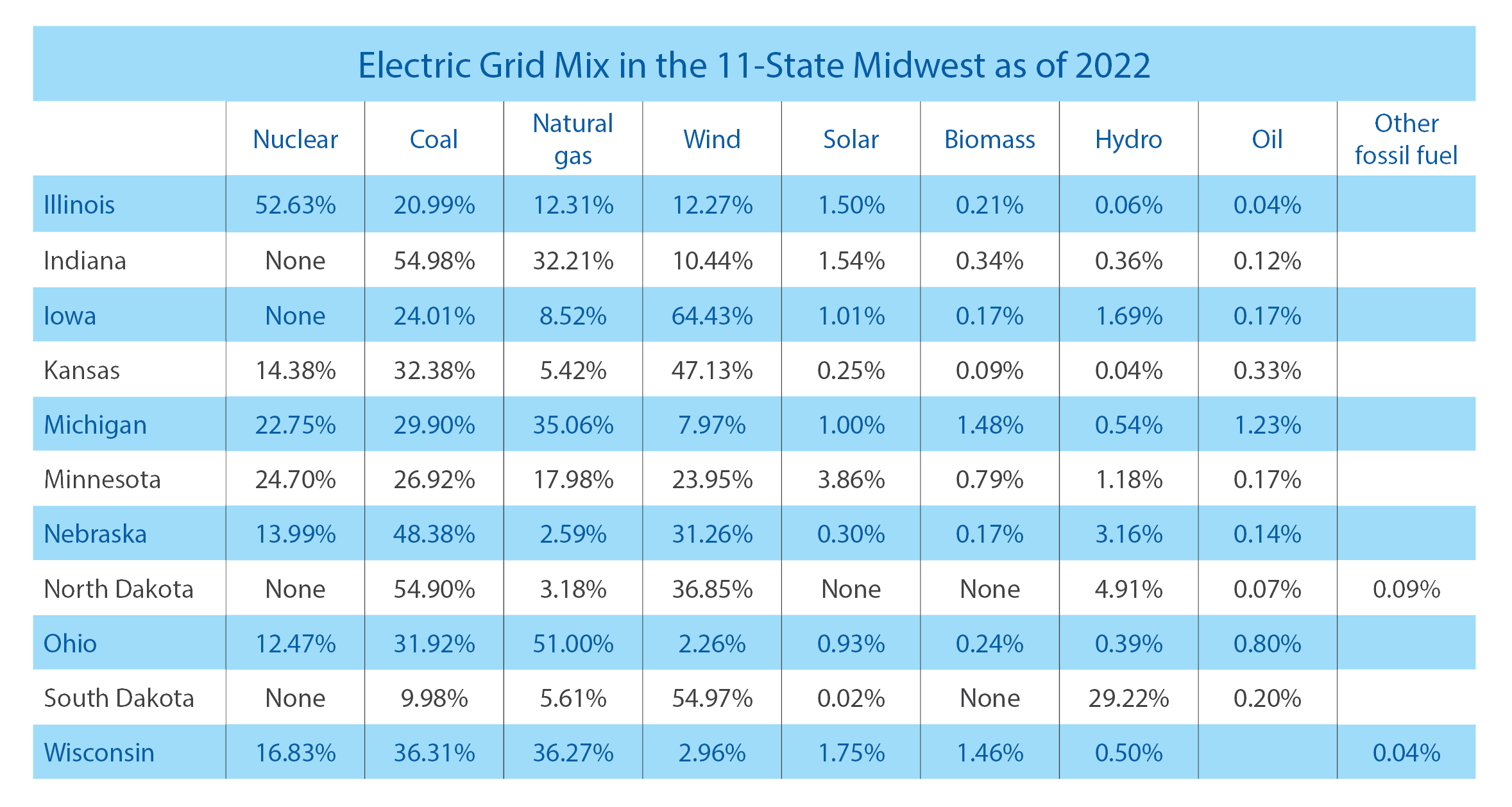
Illinois: The state steps in
Before 2023, Illinois was among the states leaving decisions on the siting of wind and solar projects to local jurisdictions. But after Illinois’ passage of the Climate & Equitable Jobs Act of 2021 (SB 2408), which sets a binding target of having a carbon-free power sector by 2045, some counties began enacting moratoria on renewable energy projects and/or siting regulations so strict that they were considered de facto bans on such facilities.
That prompted a new state law.
Passed in the General Assembly’s 2022 session and signed by the governor in early 2023, HB 4412 establishes statewide siting, zoning and setback standards for commercial-size wind and solar projects — defined as those capable of generating at least 0.5 MW of electricity for wholesale or retail sale.
Under the law, setback distances for wind towers are set at 1.1 times the maximum blade tip height from public rights-of-way and property lines, and 2.1 times that height from schools, houses of worship, day care or community centers, libraries or residences on properties that aren’t part of the project.
The setback distances for solar facilities are set at 50 feet from the nearest property line.
Illinois’ new law still allows county boards to vote on proposed projects, but it bans local county ordinances from being more restrictive than the state-level setback standards. Additionally, it requires any county with siting or zoning standards for wind and solar projects to hold a public hearing within 45 days of a project application’s submission for approval.
The law also requires wind or solar facility owners to sign an “Agricultural Impact Mitigation Agreement” before the date of that required hearing. AIMAs are agreements negotiated in advance of construction between utilities and the Illinois Department of Agriculture’s Bureau of Land and Water Resources to ensure agricultural land in solar, wind, pipeline or transmission line projects is restored to pre-construction capabilities once the project is built.
Another provision in HB 4412 bars counties and municipalities from having moratoria on commercial wind and solar facilities. They were required to amend any ordinances in conflict with the new statute by May 2023.

Indiana: Voluntary state standards
Indiana also has established state-level standards, although the approach is much different than Illinois’. Indiana’s standards are completely voluntary for local governments.
Signed into law in 2022, SB 411 sets out criteria covering common siting and zoning issues — for example, height restrictions, signal interference, sound limits, drainage-related infrastructure repair, and steps for project decommissioning.
The law sets the following setbacks for wind towers:
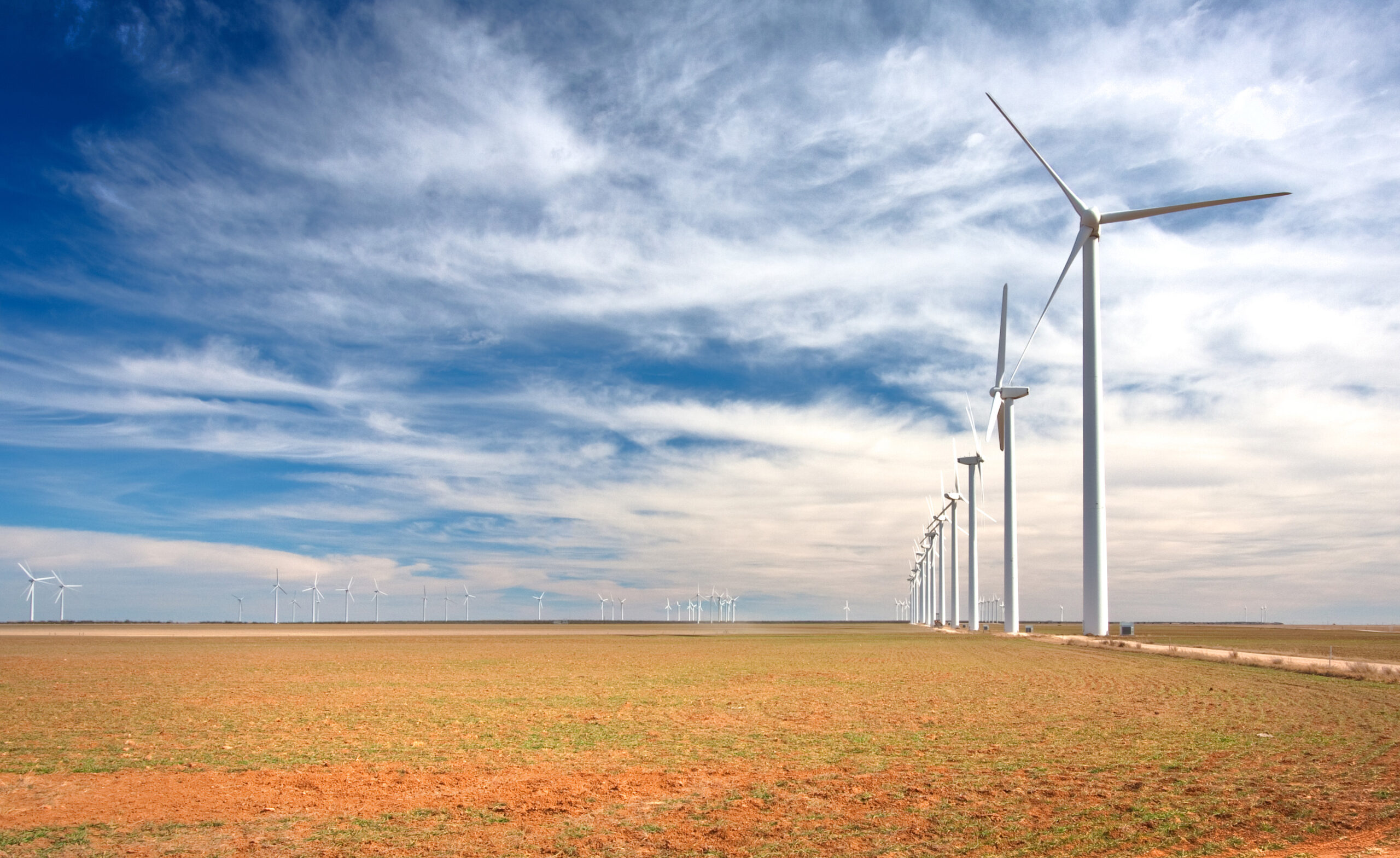
• 1.1 times the maximum blade tip height (measured from the ground) from a tower’s vertical centerline to the centerline of public rights-of way, runways, or railroad easements or rights-of-way;
• 1.2 times that height to the nearest edge of another utility transmission/distribution line;
• 3 times that height to “the nearest point on the outer wall” of a dwelling on property not part of the tower’s facility; and
• 1 mile to the property line of a state park.
Solar setbacks from the outer edge of a system’s solar panels are:
• 250 feet to a dwelling on a non-participating property, unless a landscape buffer is installed;
• 50 feet to the property line of any non-participating property;
• 40 feet to a road or highway;
• 30 feet to a collector road; or
• 10 feet to a local road.
Local jurisdictions adopting these voluntary standards can be designated as “wind ready” and/or “solar ready” communities, making them eligible for technical assistance from the state.
According to the Indiana Office of Energy Development, this designation also is contingent on local governments having regulations that ensure a clear and transparent process for identifying project sites, that don’t unreasonably eliminate portions of the community from renewable energy projects, and that establish a fair review and approval process.
In 2023, legislators approved a follow-up measure (SB 390) that authorizes establishment of an incentive fund for Indiana’s wind- and solar-ready communities — financial assistance of $1 per megawatt-hour over a 10-year period. Money for the fund, though, is contingent on the availability of federal dollars or grants, gifts and donations.
Indiana’s voluntary standards were approved one year after legislators rejected a bill (HB 1381 of 2022) that would have superseded local ordinances with mandatory statewide standards for wind and solar projects.
Ohio: More local control
In Ohio, the state’s Power Siting Board has long had control over the siting of major utility facilities, whether they were producing renewable or legacy fuels. However, a 2021 law (SB 52) has given local authorities much more of a say regarding the approval or rejection of wind and solar projects.
First, the county board president and township commissioner (or their designees) where a project has been proposed become ad hoc voting members of the Ohio Power Siting Board, which has seven standing, voting members and four non-voting legislative members.
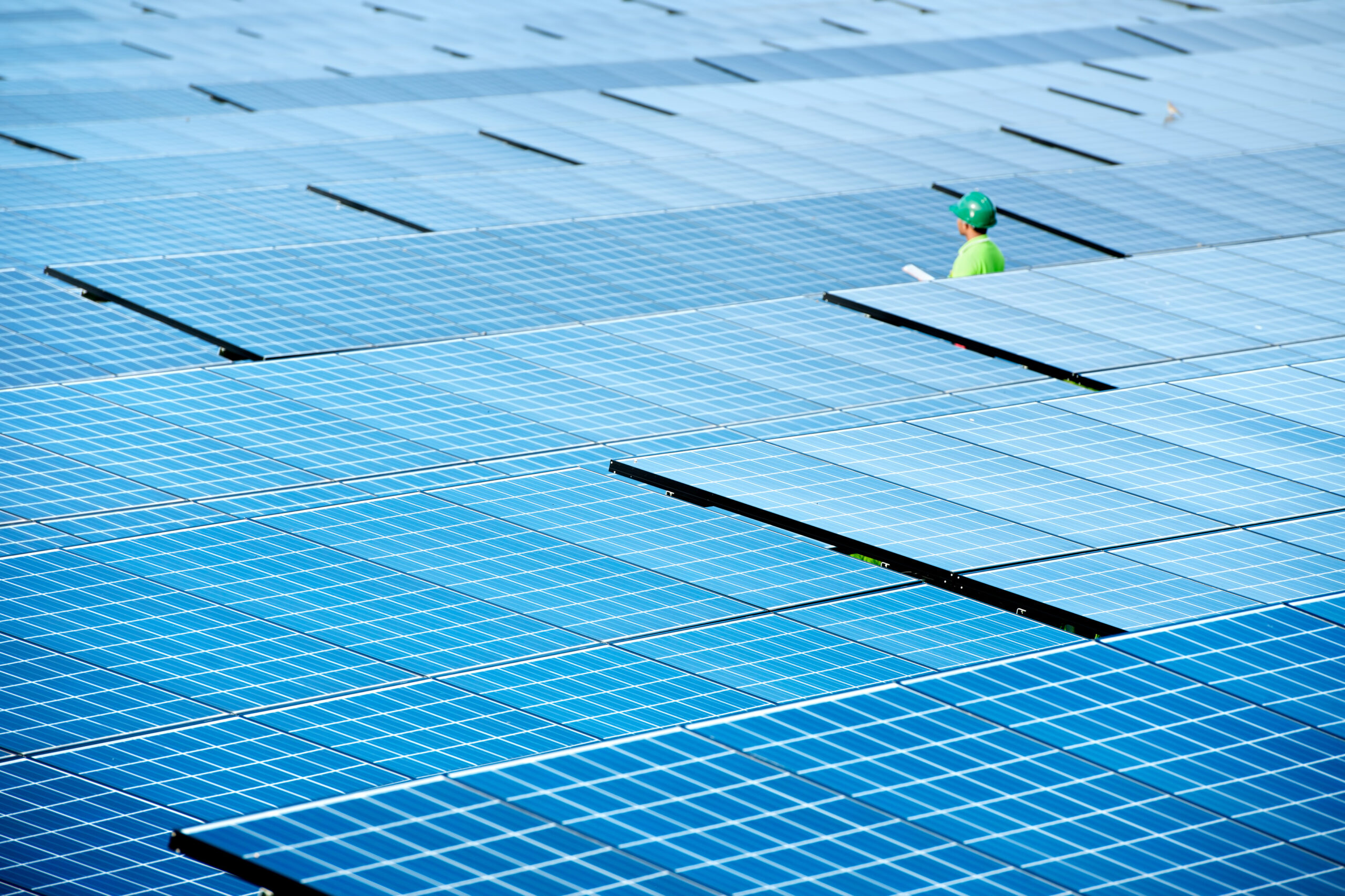
Second, county commissioners now have the authority to designate any unincorporated areas within their jurisdiction as “restricted,” meaning new wind or solar facilities cannot be built there. This designation also can be sought by local residents via a referendum.
Since passage of the law, several Ohio counties have used this new authority to ban the construction of large wind and solar projects.
SB 52 also outlines requirements for wind and solar developers related to the decommissioning of a project: 1) Prior to construction, submit a detailed decommissioning plan to the Power Siting Board that includes estimated costs, the responsible parties and a timeline (not to exceed 12 months); 2) Prior to construction, post a performance bond to ensure that funds are available for the decommissioning of the facility; and 3) Adjust the performance bond for decommissioning every five years.
Michigan: A new state-level siting law
As in Illinois, Michigan now has binding statewide standards for wind and solar projects, as the result of legislation signed into law in 2023.
When HB 5120 and HB 5121 take effect in November 2024, they will shift siting authority for larger wind, solar and energy storage projects from local governments (mainly townships) to the Michigan Public Service Commission. The commission will handle proposed wind projects of 100 MW or above and solar projects of 50 MW or above. For wind turbines, the state-level setback requirements will be:
• 2.1 times the maximum blade tip height relative to the ground to the nearest point on the outside wall of occupied buildings and non-participating residences, and
• 1.1 times the maximum blade tip height to the nearest point on outside walls of participating residences; or to non-participating property lines, overhead communication and transmission lines, or the center line of a public road right-of-way.
The setbacks for solar projects will be 150 feet from the nearest point on an outside wall of an occupied building or dwelling on non-participating properties and 50 feet from a public road right-of-way or non-participating properties. The maximum height for solar panels at full tilt will be 25 feet.
As in Illinois, the new state law retains input for local governments but bars them from enacting restrictions that go beyond state standards.
The new Michigan law also requires wind and solar developers to hold public hearings in affected townships and offer to meet with local officials at least 60 days before such hearings. Additionally, these developers must negotiate labor contracts and pay prevailing wages.
This move toward a centralized, streamlined permitting system was needed, the bills’ sponsors said, so that Michigan can act “quickly and decisively” on the review and approval of projects that can spur economic activity and help the state meet its renewable energy goals.
The Michigan Farm Bureau was among the opponents of this legislative package; it said a “one-size-fits-all approach will not serve Michigan’s diverse communities well.”
Overview of existing laws on siting and recent legislation to change them
In 2021, researchers at the University of Michigan’s Center for Local, State and Urban Policy conducted a state-by-state analysis on the siting of wind and solar projects. It found that most states took one of four approaches:
• The state has the final say on the siting of utility-scale projects.
• Decisions are left entirely to local governments.
• A hybrid approach is used, with state vs. local authority determined by a project’s size.
• Some kind of dual authority is used, with both state and local governments having a say on project approval.
Dual and/or hybrid approaches are common in the Midwest. The study notes, for example, that while local governments in Iowa, Kansas and Nebraska retain siting authority (setting their own zoning regulations and establishing setback requirements for renewable projects), there is a role for state-level oversight as well.
Wind and solar projects in Iowa above 25 MW must get a generating certificate from the Iowa Utilities Board, while the Kansas Corporation Commission issues a siting permit for utilities’ projects.
In Nebraska, projects typically must get certification from the state Power Review Board. However, privately developed renewable energy projects are exempted from this requirement if developers notify the board of their intent to build, certify that they will meet conditions set by local jurisdictions, and have a transmission interconnection agreement with a utility. Such projects are barred from using eminent domain to acquire land.
In some states, too, the oversight and approval process varies depending on the size of a renewable energy project.
South Dakota leaves siting authority of facilities with capacities of less than 100 MW to local jurisdictions. Larger projects require a state permit. (The South Dakota Public Utility Commission also must be notified of construction of wind facilities greater than 5 MW.)
North Dakota sets thresholds of 50 MW (solar projects) and 0.5 MW (wind projects) for when the state’s Public Service Commission has siting authority.
Minnesota and Wisconsin also employ this hybrid approach, and in 2023, legislation to tweak some of these states’ existing statutory language and permitting rules were proposed. Meanwhile, recent bills in local-control states such as Iowa and Kansas have called for new state-level siting standards. Here is a look at recent proposals in those Midwestern states.
Wisconsin: More options for local governments proposed
In Wisconsin, the state’s Public Service Commission has siting authority of wind and solar projects at or above 100 MW. Local governments retain jurisdiction over smaller-sized systems.
A locally imposed restriction, though, must meet one of three conditions:
• it serves to preserve or protect public health or safety;
• it does not significantly increase the cost of the wind or solar energy system or significantly decrease the system’s efficiency; or
• it allows for an alternative system of comparable cost and efficiency.

Additionally, under current Wisconsin state law, any local regulations of wind systems cannot “be more restrictive than the rules promulgated by the (Public Service) Commission.” Legislation introduced in 2023 (SB 151 and AB 165) would give local governments the flexibility to enact regulations for wind systems that are more restrictive than the Public Service Commission’s — if those regulations meet one of three aforementioned conditions.
Minnesota: New law tweaks state-level permitting process
In Minnesota, the state’s Public Utilities Commission has oversight for wind projects above 5 MW and solar projects above 50 MW. State law also requires the commission to take local zoning and land use rules into account and defer to them when practicable.
Additionally, Minnesota counties can opt to take on permitting authority of wind projects between 5 MW and 25 MW by letting the commission know of their intent, adopting a county board resolution to do so and getting the commission’s approval.

Until recently, all wind and solar projects in Minnesota subject to the Public Utilities Commission’s oversight also had to get a “certificate of need” — official recognition from the commission showing a need for the electricity that the project will produce. Minnesota has two regulatory pathways for a certificate of need to be issued:
1. Informal reviews for less complex or controversial proposals include an initial comment and reply period and a public hearing.
2. Contested cases for controversial projects, or ones that the commission determines a need for a closer look, include multiple comment/reply periods and public hearings. The project then goes before an administrative law judge, who issues a “Finding of Facts, Conclusions of Law and Recommendations.” Once that report is issued, the commission holds a public hearing before making a final decision.
The commission says either route takes about 12 months to complete. In an effort to streamline this process, a new state energy law (HF 7 of 2023) exempts large wind and solar projects owned by independent power producers, whose electricity was ordered by the commission in a utility’s most recent integrated resource plan (a document in which utilities must describe how they intend to generate power in the next 15 years).
State vs. Local control in Iowa and Kansas
Iowa and Kansas have traditionally left siting authority to local governments, but proposals have been introduced in both legislatures to establish state-level standards.
The measures in Iowa and Kansas have been opposed by proponents of a renewable energy build-out in those states, on the grounds that the standards are too restrictive and unworkable.
• Iowa’s SSB 1077 of 2023 proposed setbacks for commercially owned solar installations on agricultural land of at least 150 feet from the property of the nearest adjacent landowner and 1,200 feet from the nearest residence or livestock building.
• Iowa’s SF 2 of 2023 proposed setbacks for wind facilities greater than 100 MW of 2½ times the total height of a wind turbine or 5,000 feet from a dwelling or non-participating property, and 1.1 times the total height or 500 feet from an existing utility line or substation, public or railroad right-of-way, or any unoccupied structure. It also would have required owners of proposed facilities to notify the owners/operators of emergency services communication towers within a five-mile radius.
Neither of these bills advanced out of their assigned committees in the Iowa General Assembly.
Kansas legislators in their 2021 session considered, but didn’t advance, statewide setbacks on wind turbines (SB 279) that would have been the greater of either:
• 10 times the system height or 5,280 feet (one mile) from the property line of any non-participating property,
• 12 times the height or 7,920 feet from any residential property or public building, and
• 20 times the height or 15,840 feet from any airport, federal wildlife refuge, public hunting area or public park.
This bill died in committee.
